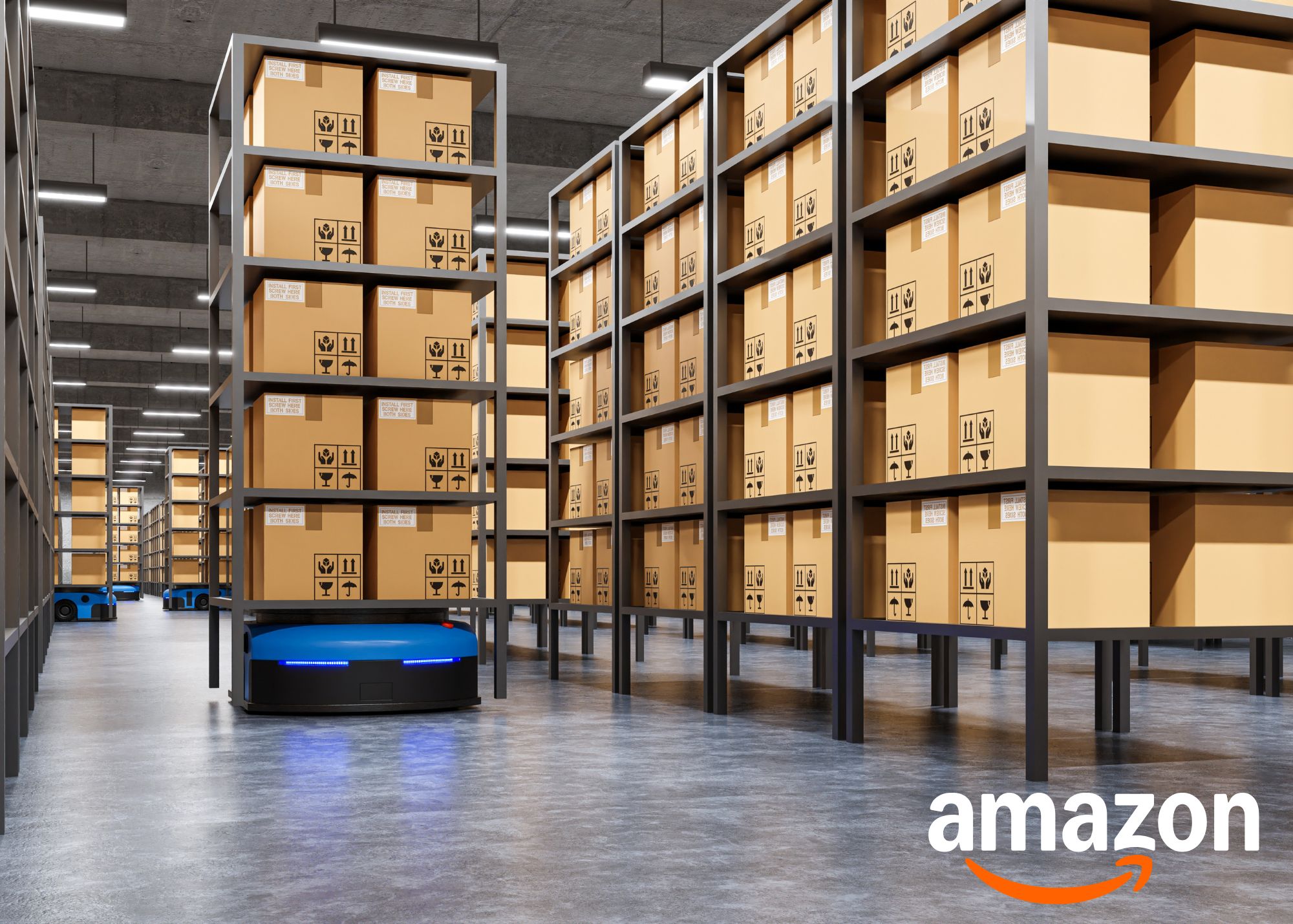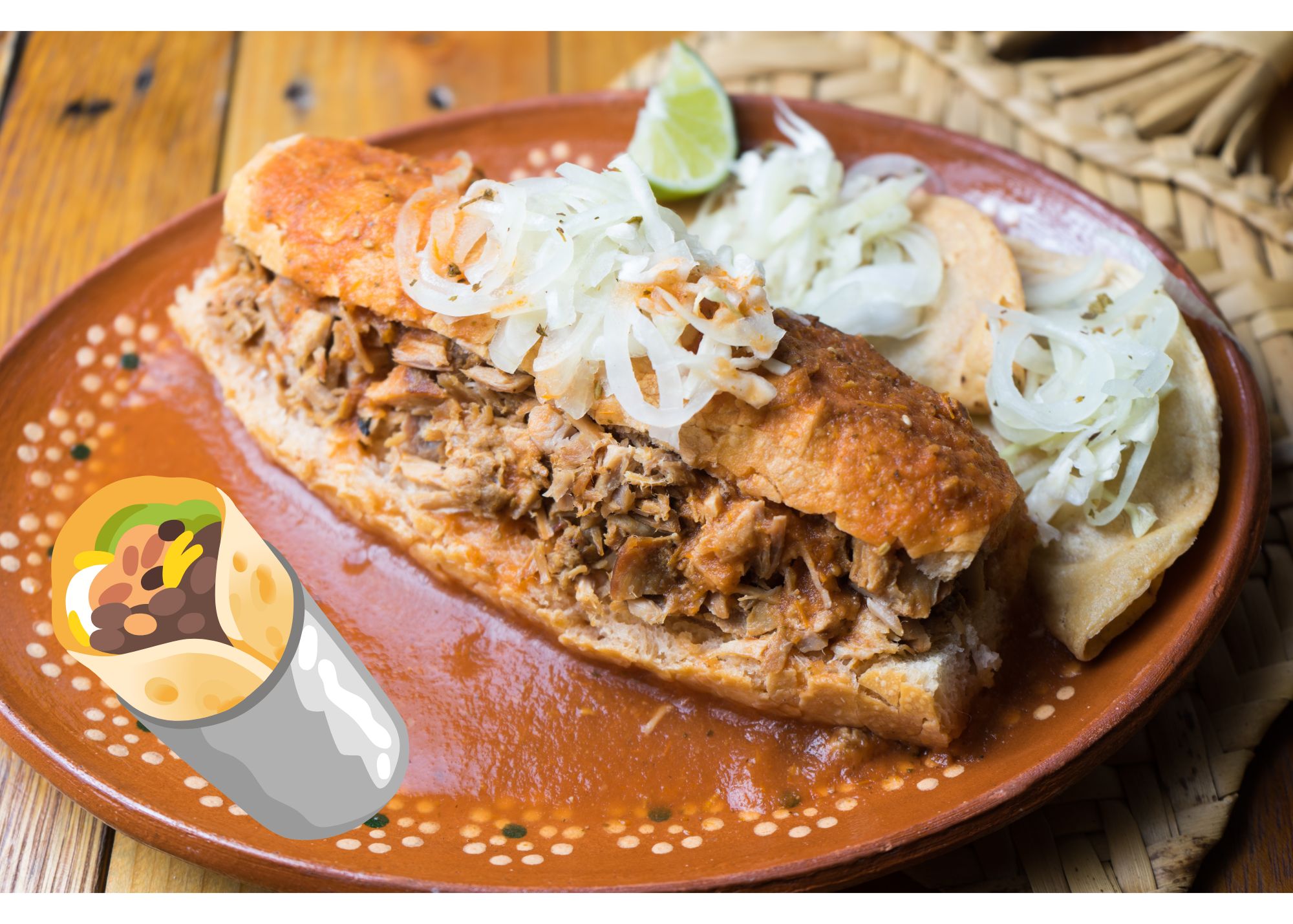Is PayPal About to Stage an AI-Powered Comeback
Shares of PayPal haven’t joined the tech sector’s rally. While the S&P 500 has climbed, PayPal has slipped about 15% over the past year. But a new partnership with OpenAI and strong underlying fundamentals could mark the start of a rebound.
Key Points
-
PayPal’s integration into ChatGPT positions it as the default payment option for AI-powered shopping—an early lead in conversational commerce.
-
With $1.7B in quarterly free cash flow and shares trading at just 13× earnings, PayPal looks undervalued relative to its 12% projected EPS growth.
-
Controlling 45% of online payments, PayPal is leveraging its scale through buybacks and a new dividend to boost long-term value.
PayPal’s AI Catalyst
PayPal’s latest move may be its most promising in years. The company is partnering with OpenAI to integrate PayPal directly into ChatGPT, allowing users to make purchases without leaving the chatbot. Merchants using PayPal will also be able to sell their products through ChatGPT—creating a new, AI-driven sales channel.
It’s an underappreciated development. Over 75% of ChatGPT users treat it like a search engine, and online shopping ranks among its top uses. PayPal is the only major payment processor integrated natively into ChatGPT. As the chatbot’s user base expands globally, PayPal could quietly capture more transactions across this fast-emerging shopping interface.
Strong Cash Flow
Beyond the AI buzz, PayPal’s financials remain healthy. In the most recent quarter, revenue rose 7% year over year to $8.4 billion, while net income climbed 24% to $1.25 billion. Free cash flow reached $1.7 billion for the quarter, and the company ended with $14.4 billion in cash and investments against $11.4 billion in debt.
Profitability is solid, with a 14.9% net margin, 15% return on invested capital, and 24% return on equity—metrics that show consistent operational strength even as growth slows.
Valuation Looks Attractive
Despite its AI connection, PayPal trades at just 13.3 times earnings and 11.7 times operating cash flow—levels more typical of a mature financial stock than a tech leader. Analysts project EPS growth of about 12% annually over the next few years.
Price targets range from $65 to $120, with an average of $83—roughly 25% above current levels. About one-third of analysts still rate the stock a buy.
PayPal’s moat remains wide. It handles nearly half of all global online payment transactions, serves over 400 million users, and operates across 10 million merchants in 200 countries. The OpenAI partnership could deepen that advantage by positioning PayPal as the default payment option for AI-enabled shopping.
With only about one-third of U.S. adults having tried ChatGPT so far, that market is still in its early innings.
Shareholder-Friendly Approach
PayPal is also returning capital to investors. Over the past year, it repurchased $5.7 billion of its own stock and declared its first-ever dividend of $0.14 per share—a sign of confidence in its long-term cash generation.
Short-term headwinds remain: inflation, tariffs, and weaker consumer spending could weigh on holiday results. Even so, management expects Q4 EPS between $1.23 and $1.27, up from $1.11 last year.
Longer term, PayPal’s mix of stable cash flow, undervalued shares, and exposure to AI-driven commerce gives it a credible path to recovery.
PayPal’s best growth days may be behind it, but its next chapter could be defined by stability, innovation, and shareholder returns. With a cheap valuation, strong fundamentals, and an early seat at the AI commerce table, PayPal looks like a quietly compelling buy for long-term investors.



